Simple in the best way.
Complex stories are nice. There’s plenty of back-stabbing, love triangles, dramatic deceptions, over-the-top slapstick, and all sorts of crazy twists (and Shymalan-isms) to keep a player’s attention. They’re cool, they’re hip, they’re with it—I feel the need to say it like that, being a 30+ year old man now—and they can keep the attention no matter how stupid they may sometimes be. And let’s be fair… not all of them are “good.” (Cough, Duke Nukem Forever, cough cough, let me clear my throat.)
But I do like a non-complex story from time to time. A yellow circle chomping dots, sometimes chomping on ghosts when they turn a certain color. A red-jumpsuited plumber racing to save a princess from a spike-shelled turtle. Shooting invading bugs with a tiny spaceship. Simple can really hit the spot, just as it did in the old days of gaming.
Just saying this makes me feel like a fogey. But damn the classics are fun, and they haven’t yet stopped being fun, so *grumble-grumble* back in my day *grumble-grumble*…
BOXBOXBOY! is the type of game that ticks off all my boxes: simple and clean black-and-white visual style, subtle but upbeat personality, and simple without being simplistic. The goal of the game is to navigate through multiple “worlds” with a set of levels in each, preferably using exactly or under a specific number of blocks designated. Qbby, the “box boy” in control, can create a number of blocks also unique to the levels to navigate through, and unique because this is a sequel, he can create a second set of blocks per each level to reach further and higher locations.
Stages consist of a combination of obstacles, some as simple as pressing a button, others as complicated as avoiding a destructive beam while pressing a button accessible only by a moving walkway of killing spikes. The difficulty curve ramps up at a welcome pace, allowing a level or two for you to really grasp the mechanics involved before pushing the challenge. With the well-animated tiny face and legs of the box, there's even a welcoming “you can do it” attitude in later stages. The design seems to adhere to the old-school Mega Man ideal: If you screw up, it’s your fault. Add to this an inexpensive way to unlock access to a hint on a given section—only one 3DS play coin, though some of the “hints” are difficult solutions to execute until you “get it”—and it’s one of the most laid-back puzzle titles I’ve ever experienced.
To reiterate, this has the kind of simplicity that pushes you. Even using clues, you’ll only be able to get through the stages themselves; elsewhere in every stage are at least one, sometimes two, crowns to capture. If you still have blocks left at your disposal, or you actually reach zero and don’t use more, the crown will be available on a given stage. They’re not hidden, but some are extremely frustrating to grab without running out of blocks. And of course, with a little added challenge like this, it’s worth exploring other ways to get through an area and puzzle. Not all of them are difficult, so there will be plenty of stages left abandoned after they’d been worked through the first time. Limited replay value on that front.
Controls are tight as it should be expected from a development studio like HAL. Creating a block can be done from any position except straight down, though you can pop yourself up by pushing a block to the side first and then down. Once the block is created you hold on to it until you decide to let go, which means you can use an L block like a sort of grappling hook to reach higher spaces (if you grab onto a ledge with it, you can pull yourself up like a zipline).
Each of the main 11 worlds includes either a new mechanic or new dangers to overcome, so it doesn’t get stale. And with either six or eight stages per world, that’s easily over 60 levels just in the main game, which doesn’t include the “Challenge Levels” which take use of the unlockable costumes or the bonus worlds that are unlocked after the main game is beaten and credits roll. That's quite a lot of puzzling to do.
That said, it would be more interesting if there were more ways to get through a given stage; for example, the ability to jump and summon a block could have made things more risk/reward capable, but this is a minor gripe. What’s a bit more of a gripe is that the other blocky characters that show up, a “girl” version of Qbby and a two-block tall friend, are not playable characters. After playing a game like Thomas Was Alone, which is similar in execution but one of the deepest, most rewarding games I’ve played of the past generation or two, a simplified incarnation is fun but reminds me that I’ve played something with more… soul.
Still, there aren't that many negatives. The puzzle mechanics are inventive, the visual style is wonderful in its simplicity, and it scratches that happy itch of barging through a challenging puzzle just the right way. There are even unlockables using the diamonds earned after completing a stage, namely unique outfits for challenge stages, super-short comic strips, and music tracks from throughout the stages.
It doesn’t offer the same personality and smile as Thomas Was Alone, but it’s lovely in the almost zen-like way that easy-to-grasp controls and a lack of direct pressure can create. Sure, it’s not difficult, nor is it as personality-driven as other HAL games like Kirby, but it’s a similar, simple charm. Even for the average puzzle-solving blockhead.
-
Lots and lots of puzzles
-
Crisp art design and smooth animation
-
Gradually-evolving challenges
-
Tight controls
-
A bit on the easy side to unlocking nearly everything
-
Cute, but not much actual “character”
-
No fisticuffs.
boxboxboy
-
boxboxboy #1
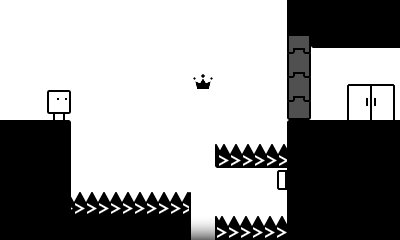
-
boxboxboy #2
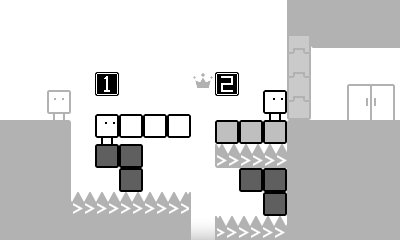
-
boxboxboy #3

-
boxboxboy #4
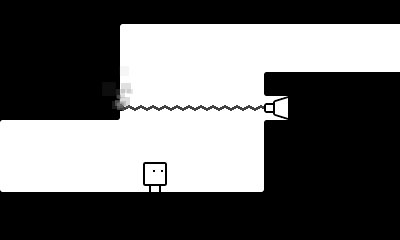
-
boxboxboy #5
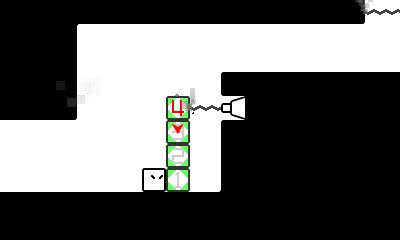
-
boxboxboy #6
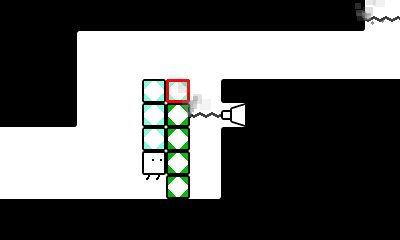
-
boxboxboy #7
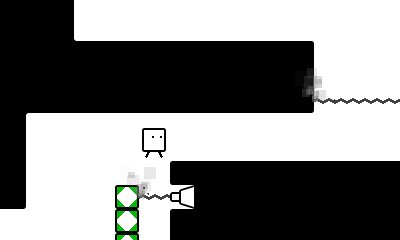
-
boxboxboy #8
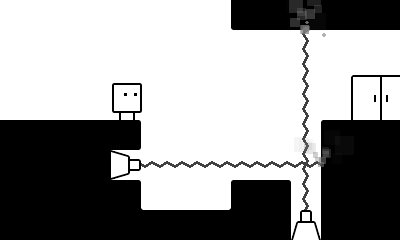
-
boxboxboy #9
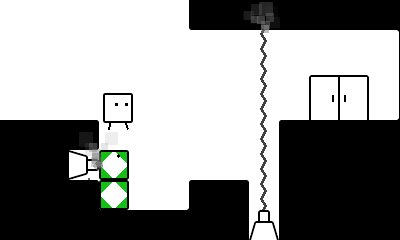
-
boxboxboy #10
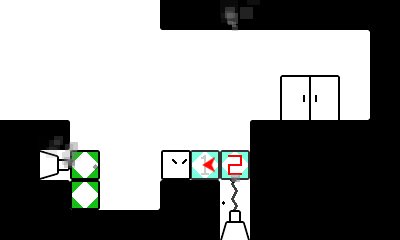
-
boxboxboy #11








